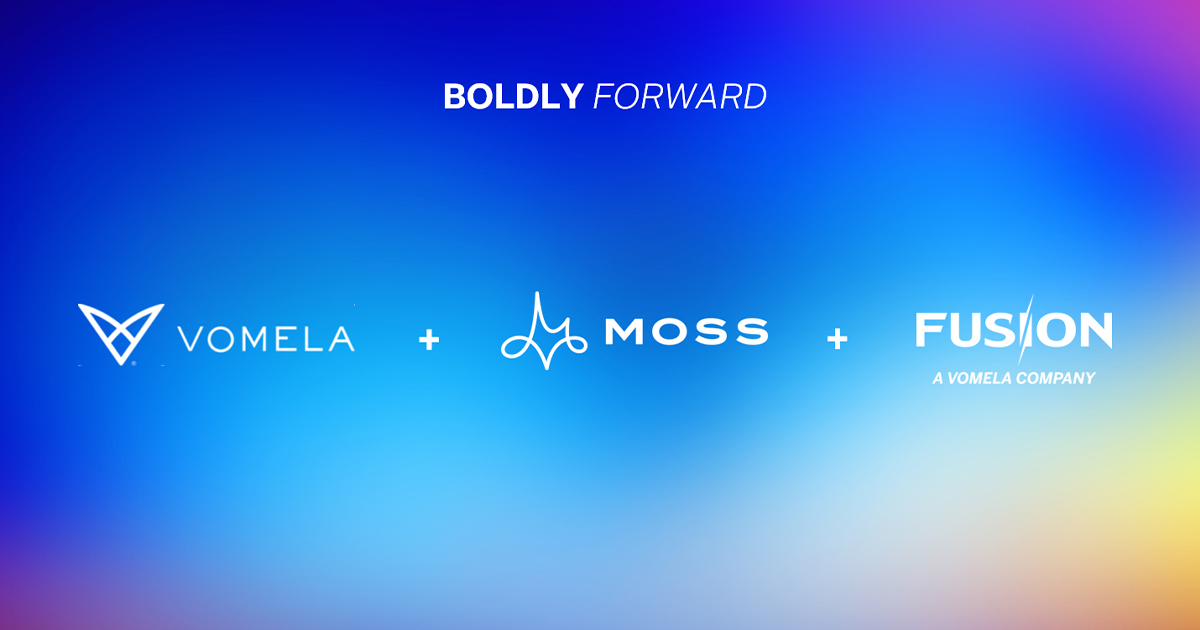
The Metaverse and Web3 are Coming but the Physical World Rules

It’s remarkably easy to get caught up in digital hype. As wave after wave of new technologies appear, pundits and prognosticators inevitably forecast all the ways these newfangled systems will change the world.
Yet, there’s a fact that often gets lost. New technologies rarely replace old ways of doing things. They simply introduce a new layer or channel that complements existing methods. The most successful companies and executives understand that it’s necessary to blend the old and new to create synergy and sales. The goal is to deliver a total experience (TX).
Today, all eyes on the Metaverse and Web3 (also referred to as Web 3.0 and Web 3). Articles and industry chatter have focused heavily on these technology frameworks in recent months. Of course, both are intriguing and, hype or not, they represent important concepts.
The metaverse will allow people to dip in and out of virtual environments seamlessly and enjoy a consistent experience. Web3 will support the likes of non-fungible tokens (NFTs) and new models for digital ownership.
However, neither will replace the need for physical assets—and traditional ownership models. Both frameworks merely enhance physical-world interactions. Business leaders that understand their strategic value and how to build a hybrid framework that bridges both physical and digital realms will position their businesses for greater success.
A New Reality Takes Shape
Any discussion of the Metaverse and Web3 starts with a basic truth: both are a bit confusing and somewhat misunderstood. Making matters worse, they mean different things to different people.
The Metaverse can be defined as connected, but separate, virtual worlds that continue to exist and operate even when you’re not in them. As a result, you’re able to carry and move items from one digital space to another—and even interact with the physical world in certain situations. For example, your avatar in the digital space might trigger reactions in the physical world, such as when you step into a store.
Gartner expects that, by 2026, 25 percent of people will spend at least one hour a day in the Metaverse for work, shopping, education, social media, and/or entertainment.
Web3 represents the next phase of the Internet. It incorporates the metaverse, but also introduces advanced ownership models that rely on artificial intelligence (AI), distributed ledger technology such as blockchain, and token-based economics (including cryptocurrency) to buy and sell virtual objects in a game or virtual real estate in the Metaverse.
“Web3 won’t overtake Web 2.0 in the enterprise before the end of the decade, but you can start talking today about a world with less authority and more automated business execution,” Gartner explained.
Indeed, these environments introduce new ways for customers and companies to act, interact, and transact. For example, an individual might agree to wear a T-shirt that displays a company’s logo in exchange for a small sum every time he or she is “seen” or receives a like or upvote on social media or in a game. Or a group of customers might collaborate to create a design for a cereal box or a soft drink label.
While today’s web and social media allow some collaboration and crowdsourcing, the Metaverse and Web3 facilitate the buying, selling, and exchange of goods and services in a far more granular and complex ways.
While today’s web and social media allow some collaboration and crowdsourcing, the Metaverse and Web3 facilitate the buying, selling, and exchange of goods and services in a far more granular and complex ways—within a trusted environment. In Web3, for example, there’s no central authority to control the way people approach business and life. People are free to buy and sell things on their own. Transparency and security are built into the system.
New Tech Requires New Thinking
There’s no question that these emerging virtual frontiers will mint new millionaires and unleash entirely new products and business models. Yet, at the same time, marketers must pay close attention, because the Metaverse and Web3 will refocus attention on material objects, along with hybrid objects, that bridge the virtual and physical realms.
Consider: When you buy a new car for getting around in the physical world, you agree to use its image as a vehicle in a video game or the metaverse. In exchange for advertising the vehicle online, you receive a lower interest rate on the loan or a reduced lease payment. In fact, the payment might vary, depending on how many people see the vehicle online.
To be sure, this framework introduces new ways to set up and run loyalty programs—and reward customer loyalty. In a Web3 world, similar scenarios could play out for shoes, clothing, cosmetics, fashion accessories, sports gear, and much more. It’s possible for consumers to hold NFTs and other digital objects—and for a company to harness and use data in new ways.
And while it’s easy to focus on the digital aspects of the Metaverse and Web3—and they truly are significant—it’s critical to remain grounded in the physical world. Direct mail, gifts, product samples, and other tangible elements that tilt consumers toward a purchase—or reinforce their loyalty—will remain important in the digital future. In other words, while the Metaverse and Web3 may usher in entirely new ways to do things, people will continue to interact in traditional ways.
Getting Physical Isn’t Optional
It would be foolish to believe that chairs, sofas, shirts, dresses, desks, printers, pencils, lawnmowers, kitchenware, and eyeglasses are going to disappear anytime soon. Neither will physical coupons, brochures, product samples, and gift items such as pens, mugs, and notebooks.
A remarkable number of things are permanently rooted in the physical world. So, even if an eye-catching digital representation of a pair of athletic shoes exists, it doesn’t replace the need for an actual pair of athletic shoes. It merely complements them. Even as businesses turn to virtual objects and avatars, direct mail and face-to-face interactions will remain vitally important.
While CMOs and other marketing leaders must adapt and evolve to meet the challenge and opportunity of the Metaverse and Web3, it’s vital to stay focused. These platforms will require new thinking and a deeper understanding of how to use digital tools. Yet the business leaders that succeed will be those who don’t overlook the reality that all digital roads eventually lead back to our physical existence. Balancing the digital and physical world through a hybrid approach will remain a winning formula.



